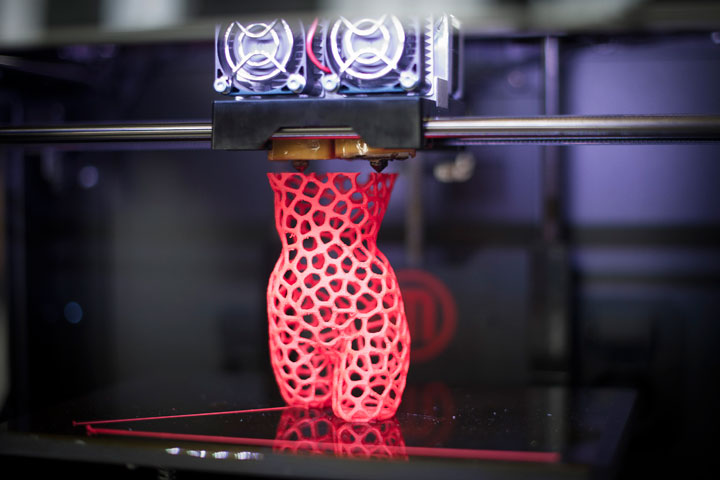TORONTO – Consumer-level 3D printers may pose a health risk to users thanks to a considerable amount of harmful emissions the machines give off during the printing process, according to a new study.

Researchers at the Illinois Institute of Technology found that desktop 3D printers emit a high rate of potentially harmful nanosized particles into the air, which may cause health risks to those using the devices in poorly-ventilated areas.
The emission rates measured during the printing of small plastic figures were similar to cooking on a gas or electric stove, or burning scented candles and even as harmful as cigarette smoke indoors.
The study found that these printers produce a high amount of “ultrafine particles” (UFP), which have the ability to become deposited in the lungs and penetrate the tissue, becoming absorbed right into the blood stream.
UFP emission rates ranged from 20 billion particles per minute to almost 200 billion particles per minute.
According to Phys.org, “Several recent epidemiological studies have also shown that elevated UFP number concentrations are associated with adverse health effects, including total and cardio-respiratory mortality, hospital admissions for stroke, and asthma symptoms.”
Read More: How does 3D printing work?
3D printers use melted plastic materials poured in layers – some as thin as one-tenth of a millimetre – to recreate an image shown on a blueprint. Just like a traditional ink-and-paper printer, the nozzle moves back and forth over the print surface, layering the material to create the 3D object.
Due to this repetitive process, some 3D-printed creations could take hours to make.
Researchers caution that 3D printers should be used in well-ventilated areas.
- ‘She gets to be 10’: Ontario child’s heart donated to girl the same age
- Bird flu risk to humans an ‘enormous concern,’ WHO says. Here’s what to know
- Shoppers faces proposed class action over claims company is ‘abusive’ to pharmacists
- ‘Bacterial vampirism’: Deadly pathogens attracted to human blood, study finds




Comments